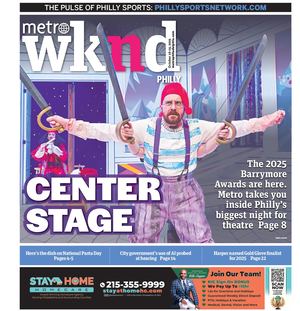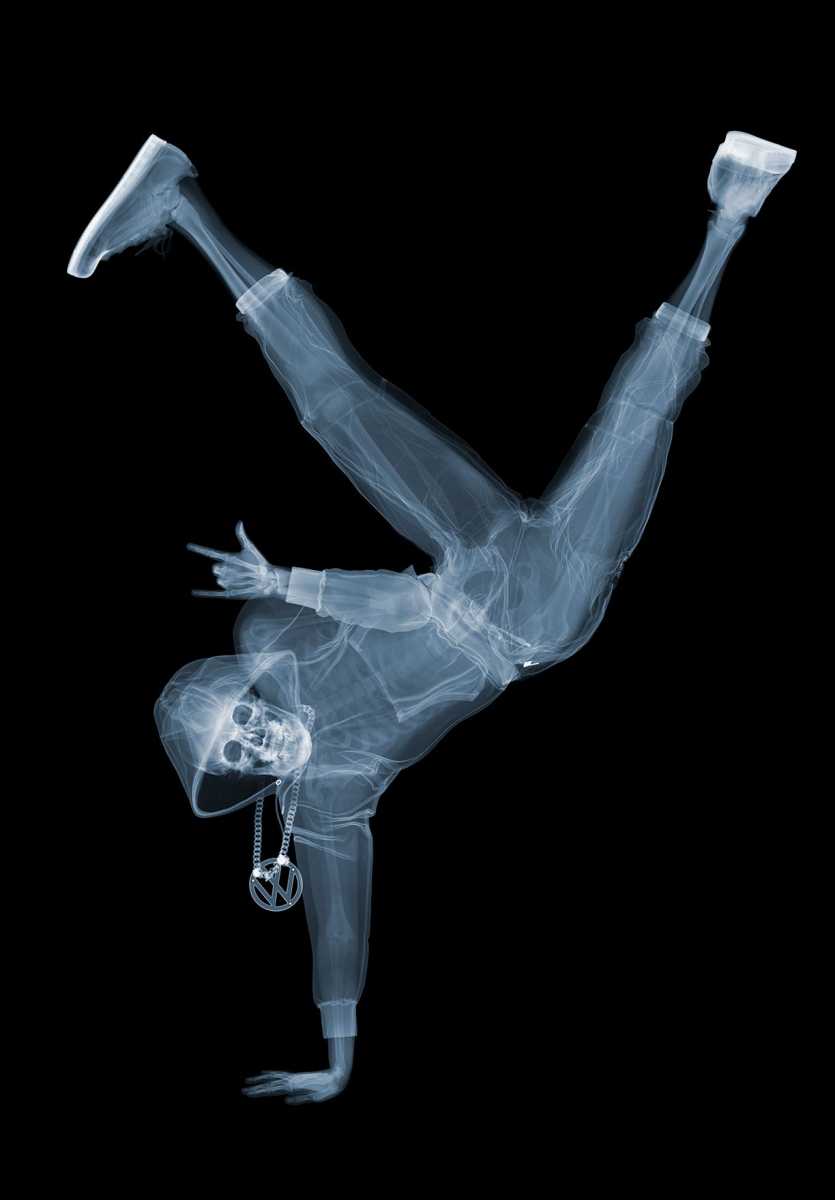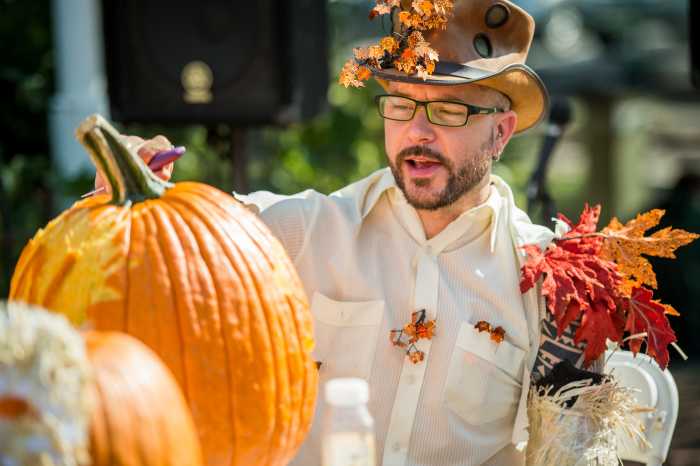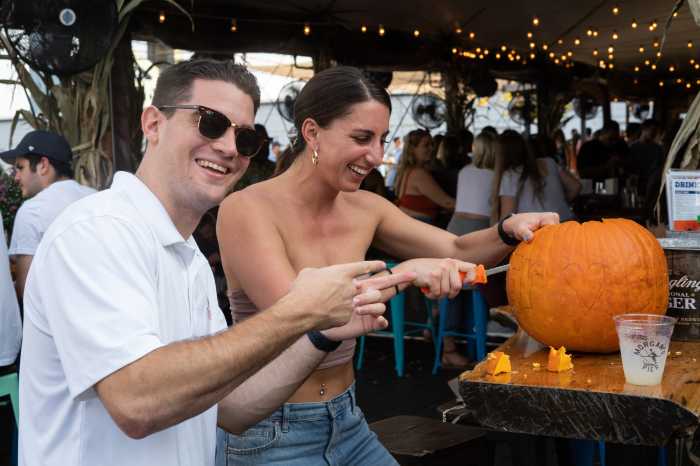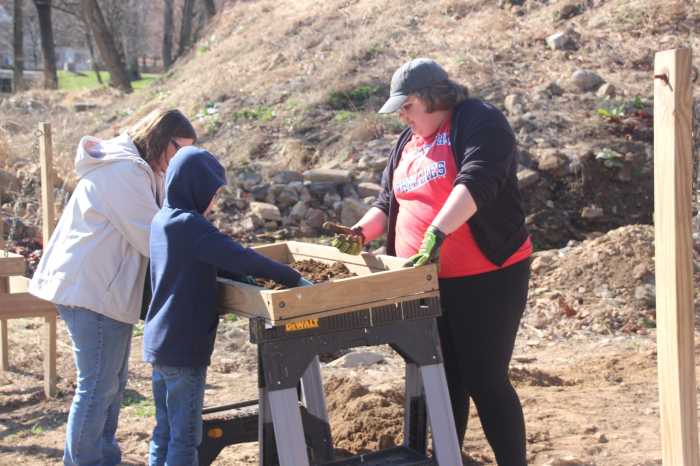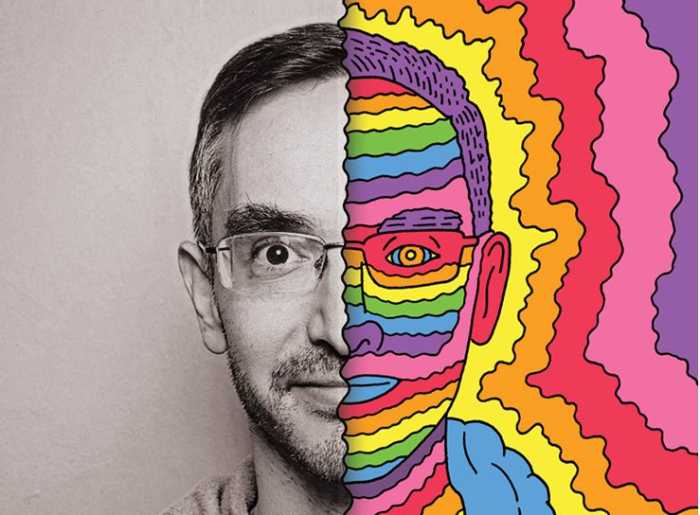On April 25, Morton Contemporary Gallery will debut ‘Forensic Beauty‘, a striking exhibition by British X-ray fine art photographer Nick Veasey. Running through May 30, the show is curated by gallery owner Debbie Morton, who presents it as a fusion of science and art—a clever exploration of how dangerously potent radiation can be harnessed to create what she calls “a dazzling balance of extremes.”
Through Veasey’s lens, everyday objects and layered narratives are seen from the inside out.
“Morton Contemporary specializes in mixed-media fine contemporary art, and in particular, the use of unusual mediums to create art,” says Morton. “When I saw Nick’s work at Art Miami, I was mesmerized by not just the intensity of the X-ray forms, but of the captivating narratives that distinguish Nick’s extraordinary imagery. It’s as if Nick’s work has come from another dimension of space and time.”
Metro spoke to Veasey from his London studio before the start of ‘Forensic Beauty.’
As an artist-photographer-aesthete, before discovering the X-ray process, did it feel as if you were striving for something else, something provocative?
My work before finding X-ray was extremely experimental abstract analogue photography. The technical term is weird — I was bang into color then, things are very different now. My early work was all about feel and vibe, not at all about ‘capturing the moment’. I used analogue photography in a bold and challenging way. My criteria for editing my portfolio were “if you can tell what the picture’s subject is, then I’d drop that image.” I was striving for freedom of expression, using a camera without being in control, letting alchemy and error be the ‘aesthete’ as you call it.
What turned you onto creating photographic images/moving images via X-ray?
I was inspired by Albert Richards, an American dentist who used to make lovely tiny X-ray images of flowers using dental X-ray films. I saw that and kept it in my ‘interesting’ box. Later, I had a lucky break when my wife needed an X-ray for a TV show that she was graphic designer for, and I was off-and-running. X-ray does have a steep learning curve and barriers to entry and I think those hurdles were actually factors that encouraged my experimentation with X-rays.
In early stages, the boffins and equipment manufacturers told me that you can’t do this or that with X-ray. I wanted to know why not? The fact that the images reveal the hidden inner world was the biggest motivation to keep pushing further and harder.
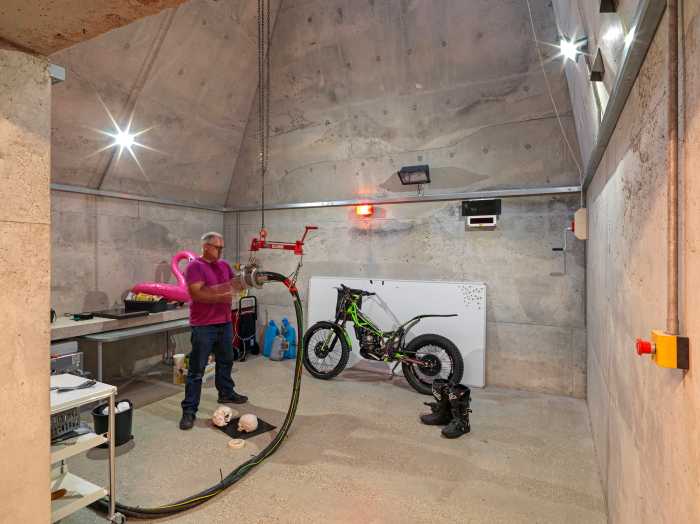
You use a concrete chamber to protect yourself during the X-ray process. Can you explain how it works?
X-rays emit radiation. Even machines that X-rays your bag whilst passing through security at the airport emit radiation. The X-rays I use are more powerful, so more dangerous. I have a solid concrete bunker that contains, or traps the radiation, but I am not in there when the X-rays are exposing. So, one of those barriers to entry is having a radiation safe ‘studio’. Not cheap.
What can you recall about the thrill of concocting your first X-ray works, and how the form forged forward since your start?
Oh, that was such a trip! Come on, a photography nerd like me getting to play with X-rays. It was bliss. I spent three months just X-raying random stuff to understand the technique and its parameters. I use lenticular in an ironic way. Every X-ray work I make that has the human form in it uses a skeleton. That is a dead person. So, with lenticular the skeleton moves. I’m bringing the dead back to life.
How is your work different from those who practice Kirlian photography, something that presents, but never captures, its soul, perhaps?
Kirlian photography is about the ‘aura’. My work is about the ‘inner’. Both can be nice. Both can be nasty.
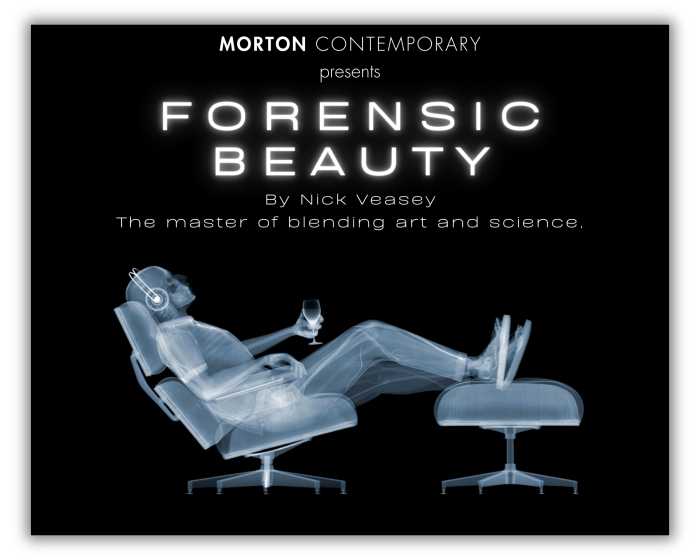
Tell me about the subject matter that, as an X-ray photographer, strikes you most — your deepest connections to items that stir the soul and rouse the curiosity.
I’m totally invested in the next X-ray. I don’t like to dwell on what I’ve done. Naturally I want to progress and try new subjects and ideas. I try not to be pretentious. Too many artists make art for other artists. I make art for everyday people. You don’t need a history of art degree to understand my work, but mixed in with that simplistic approach is a layer of subversion with a sprinkling of irony. What thrills me is surprising my collectors and my audience. I plan to continue to introduce X-rays that take us all somewhere new, somewhere different.
‘Forensic Beauty’ will be on display at Morton Contemporary Gallery, 115 South 13th St., from April 25 through May 30. An opening reception will be held this Friday, April 25, from 6 to 8 p.m. For information and tickets, visit mortoncontemporary.com
